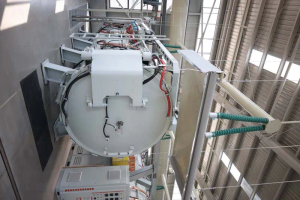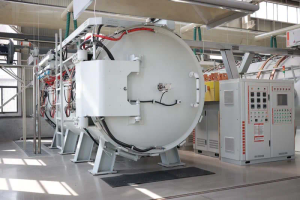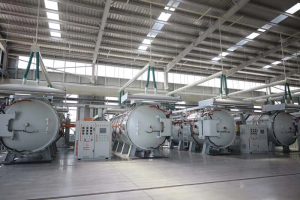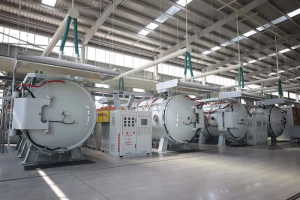What are the measurement methods for CBN grinding wheel particle size
Title: Measurement Methods for CBN Grinding Wheel Particle Size
Introduction (100 words)
The particle size of a grinding wheel plays a crucial role in determining its performance and effectiveness. For Cubic Boron Nitride (CBN) grinding wheels, accurate measurement methods are essential for quality control and optimizing grinding processes. In this article, we will explore the various measurement techniques employed to determine the particle size of CBN grinding wheels.
1. Sieve Analysis (200 words)
Sieve analysis is a common method used to measure particle size distribution. It involves passing a sample of the grinding wheel through a series of sieves with progressively smaller mesh sizes. The particles are sorted based on size, and the results are presented as a histogram or cumulative distribution curve. This technique provides a qualitative assessment of the particle size distribution, but it does not provide information on individual particle sizes.
2. Laser Diffraction (200 words)
Laser diffraction is a popular and widely used method for measuring particle size distributions. In this technique, a laser beam is directed at the grinding wheel sample, and the scattering pattern is analyzed to determine the particle size distribution. Laser diffraction offers a wide measurement range and provides both qualitative and quantitative data. It is a non-destructive and relatively quick method that can be automated for high-throughput analysis.
3. Microscopy (300 words)
Microscopy-based techniques enable direct observation and measurement of individual particles in a grinding wheel. Optical microscopy, scanning electron microscopy (SEM), and transmission electron microscopy (TEM) are commonly employed for this purpose. These techniques provide detailed information about particle shape, size, and morphology.
Optical microscopy is suitable for larger particle sizes and enables rapid analysis. SEM provides high-resolution images and is capable of characterizing particles down to sub-micrometer sizes. TEM offers the highest resolution and allows for the investigation of nanoscale particles.
4. Sedimentation (200 words)
Sedimentation methods involve observing the rate at which particles settle in a liquid medium. The settling velocity is related to the particle size, and this relationship can be used to determine particle size distribution. Sedimentation techniques, such as gravitational sedimentation and centrifugal sedimentation, require careful calibration and particle dispersion to ensure accurate results.
Conclusion (100 words)
Accurate measurement of the particle size of CBN grinding wheels is crucial for ensuring quality control and optimizing grinding processes. Various measurement techniques, including sieve analysis, laser diffraction, microscopy, and sedimentation methods, are used to determine particle size distribution. Each method has its advantages and limitations, and the choice of technique depends on factors such as the desired measurement range, sample characteristics, and available equipment. By employing these measurement methods, manufacturers can ensure the quality and performance of CBN grinding wheels, leading to improved grinding efficiency and productivity in various industries.
.webp)



